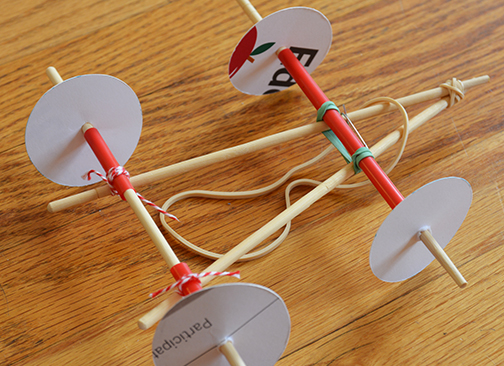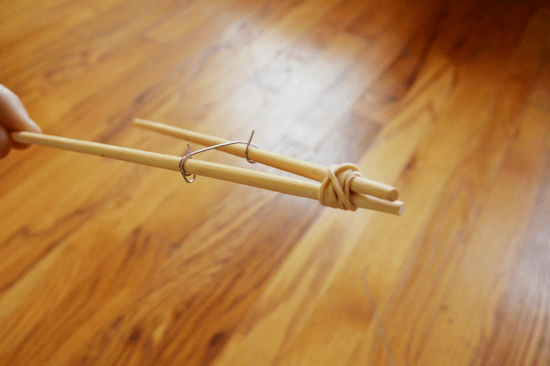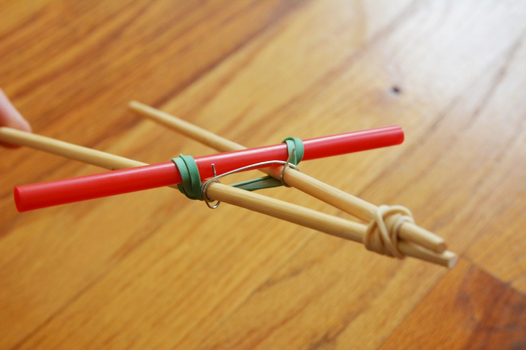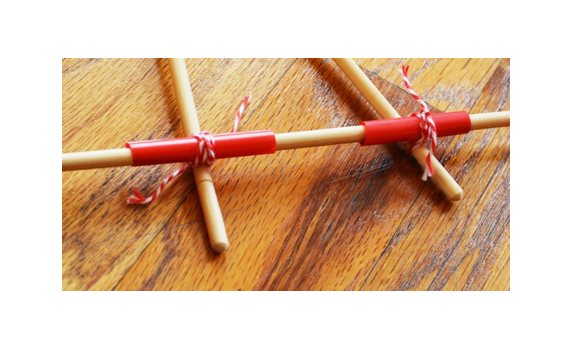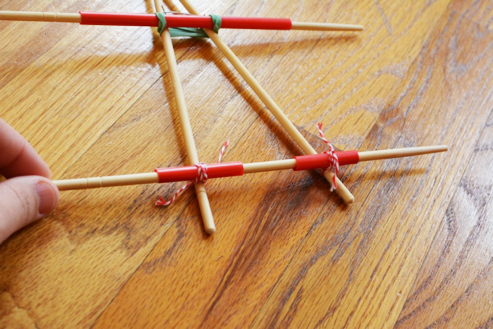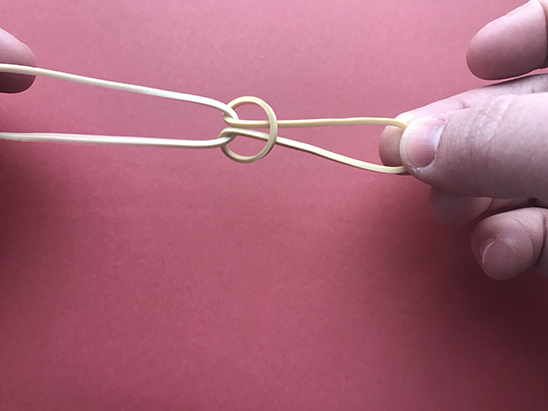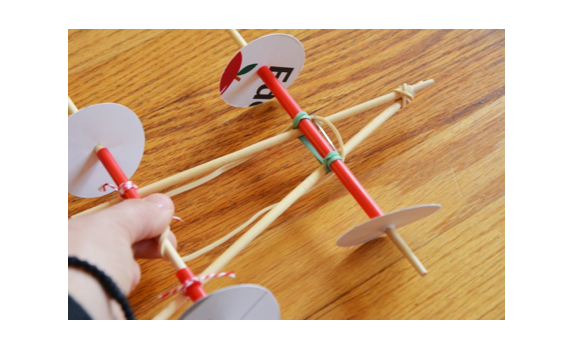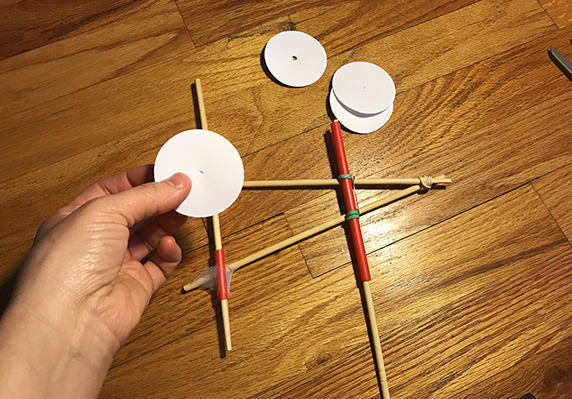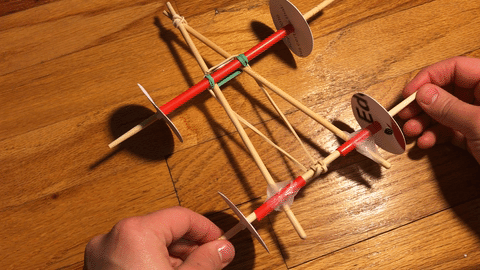Grade Level
6 - 8
minutes
1- 2 hrs
subject
Engineering and Tech
Activity Type:
Engineering design challenge, Mars rover
How do we study the surface of Mars if we can’t go there?

Mars is one of our closest neighbors in the solar system and likely the next planet that humans will set foot on. One big reason we’re interested in Mars is because water once flowed there, and may still flow there today. Almost everywhere water is found on Earth, we find life. Could the same be true of Mars? We need data to help us determine whether Mars is, or was, suitable for life.
Here come the rovers!
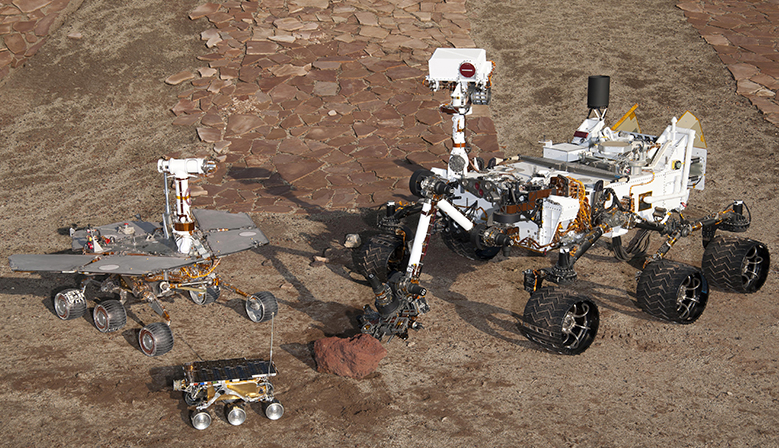
Although we’re not yet ready to send humans to Mars, we can send robots, called rovers, equipped with a payload of scientific instruments and an automatic mobility system that enables them to safely navigate obstacles without human help. NASA has sent four rovers to Mars in the last decade, and two are still in operation. Each one travels to a different region of Mars, taking pictures and using its scientific instruments to make observations and test samples. The rovers then relay the data they collect back to back to the scientists on Earth.
Patrick DeGrosse and Christopher Salvo are engineers at NASA’s Jet Propulsion Laboratory (JPL), where they work on the Mars 2020 rover mobility system. They are part of the team that’s making sure that the rover can climb sandy dunes, remain stable on an incline of 15 to 30 degrees, and be durable enough to achieve its scientific goals.
“It’s my job to design, qualify, and deliver the suspension, the wheels, the differential—everything that makes the rover rove around Mars.”—Patrick DeGrosse
Meet the current Mars rover, Curiosity.
Launched in 2011 on a 10-month trip, @MarsCuriosity sent this selfie from 33 million+ miles away: https://t.co/XBRrcnrNcN #NASAPast8Years pic.twitter.com/GPaswSK8gY
— NASA (@NASA) January 12, 2017
Curiosity sent that selfie from Mars. The rover landed on the surface in 2012, and its mission has been to search for the presence of organic compounds and for evidence of past water flows.
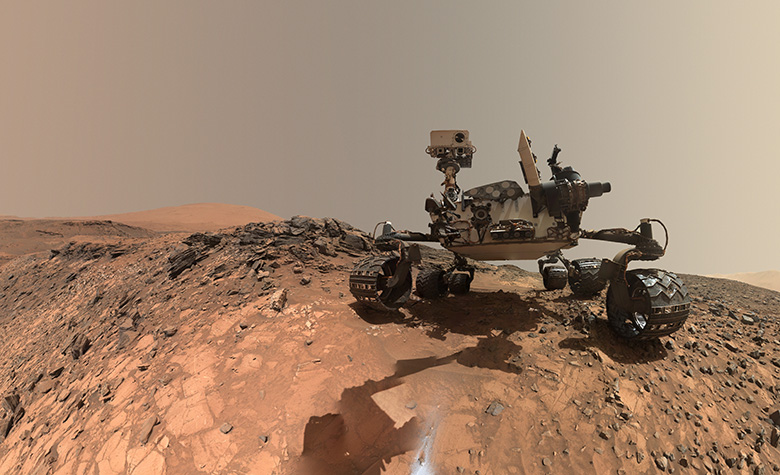
Designed at NASA’s Jet Propulsion Laboratory, Curiosity is the largest and most advanced rover yet. It contains 10 scientific instruments and 17 cameras, weighs 1,982 pounds (899 kg), and is about the size of a Mini Cooper. Curiosity’s large size is an advantage on Mars because it allows the rover to roll over obstacles up to 25-inches (65 cm) high. Each wheel is 20 inches in diameter with a chevron tread designed to maintain stability and provide traction on both sandy and rocky terrain.
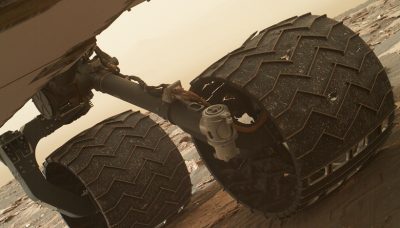
Although Curiosity is advanced technology, it has still encountered obstacles. For instance, in the fall of 2013, 411 Martian sols into its mission, scientists tracking the rover from Earth noticed puncture wounds on its wheels. NASA assembled a team of engineers to figure out how long the wheels would last, and whether the scientific mission would be compromised or cut short by this setback.
Mars 2020, updates to Curiosity architecture.
Another rover is going to Mars in 2020. To keep costs low, NASA is planning to borrow elements from Curiosity, such as its body architecture and some of its technology. The basic design of the rover will stay the same, but this one will be longer and heavier than Curiosity to accommodate a different payload of scientific instruments. The mobility team is also working on a new wheel design to avoid the wheel damage that impacted Curiosity’s mission.
Reinventing the Wheel
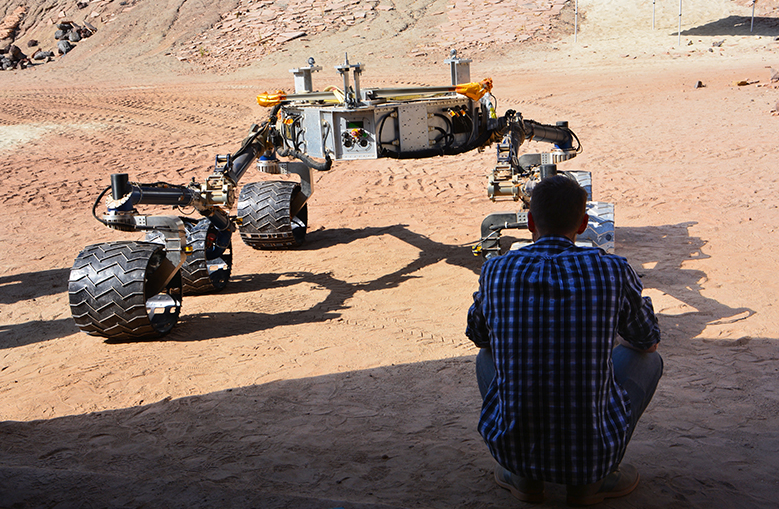
What goes into designing a rover wheel? The bulk of the rover’s weight resides in the scientific instruments, so Patrick and Chris need to make sure the wheels stay light. Each rover wheel can only contribute six percent of the overall weight of the rover. The wheels must also be made from materials that can withstand the extreme Martian environment.
“One thing you need to understand about Mars rover wheels is that they’re not like anything you’ll see on Earth. On a planet where the nighttime temperature dips below negative 275 degrees Fahrenheit, it’s not going to work to slap four tires on some hubcaps and go.”—Christopher Salvo
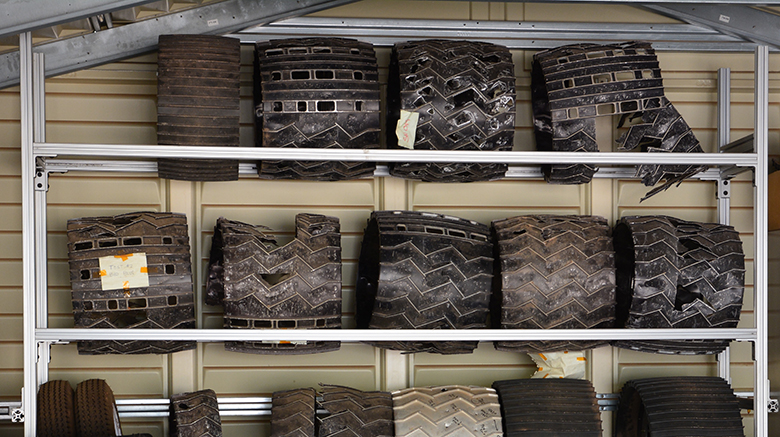
Look at these test wheel images. Do you see any similarities in the damage patterns or their location?
Design a rover wheel
Can you create a wheel design that is light, durable, and would be effective at transporting instruments across the surface of Mars? In this activity, you’ll design and test different wheels on a basic rubber band-powered vehicle, with the goal of improving stability, traction, durability, and load-bearing ability.
Materials
- 4 sticks (pencils or chopsticks work well)
- Old cereal box, cardboard box, or card stock
- 1 paperclip
- 1 straw (do not use bendy straws)
- Clay
- Tape
- Assorted rubber bands (you’ll want some big ones)
- Wheel-building materials: card stock, leftover cereal boxes, cardboard rolls from toilet paper or paper towels, paper or plastic cups, plastic bottle tops, milk cartons
- Wheel modification materials: You can use more of the materials listed above, and you might want to add aluminum foil, duct tape, toothpicks, and anything else that seems fitting for a rover wheel.
Basic Rubber Band-Powered Chassis
The chassis is the internal vehicle frame. You can think of it as the car minus the wheels and axles. You will add card stock/cardboard wheels and axels in the final steps of this procedure.
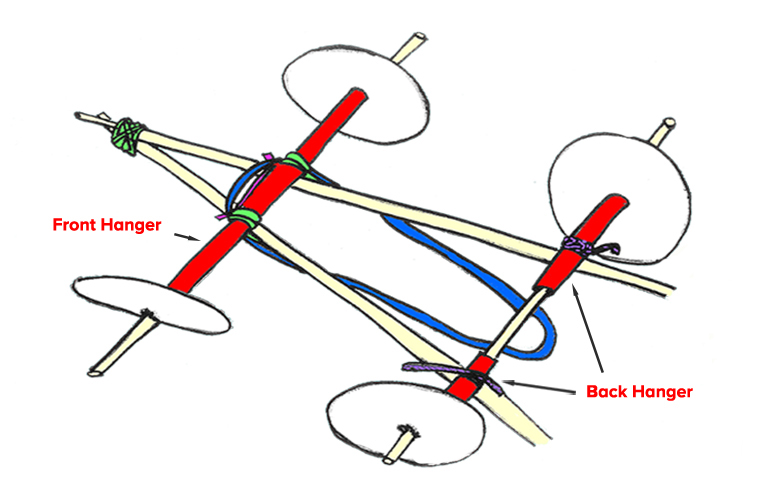
How does your rover perform?

Mars rovers are designed to drive up and over sand dunes, fields of spiky basalt, and other surface types for at least a full Martian year. Test how your models move over different surfaces, whether they can remain stable on an incline, and if they can handle extended time on rocky terrain.
Materials
- Test # 1: Measuring tape, marker, stopwatch, and three differently textured surfaces
- Test #2: Large book (like a textbook) and a protractor
- Test #3: String and rocky (rough) ground
Test #1: Traction on different terrain.
Your model rover should be able to run over different types of surfaces. Choose three surfaces with different textures—for example, tile, carpet, and a sandy/gritty surface. If you really want a challenge, you might try short grass or gravel. Measure and mark a length of 150 cm on each surface. Wind up your rover and release it at the start of your 150-cm track on each surface. On your Rover Wheel Engineering Worksheet, indicate the distance your rover traveled, and note the time it took to traverse the distance.
Test #2: Stability
Rovers must be able to stay still on sand dunes and slopes of up to 30 degrees. Many of the instruments cannot conduct tests if the rover is moving. Balance your rover on a book. Using a protractor, tilt the book to 5 degrees. Note whether the rover slips on your Rover Wheel Engineering Worksheet. Repeat by increasing the angle in 5-degree increments until the rover falls backwards or you reach 30 degrees.
Test #3: Durability
Attach a string to your rover by tying it around the point of your V-shape, and pull it around behind you for five minutes over some rough terrain, such as rocks. Draw a sketch of your wheels and any wear or damage you observe on your Rover Wheel Engineering Worksheet.
Design better wheels.
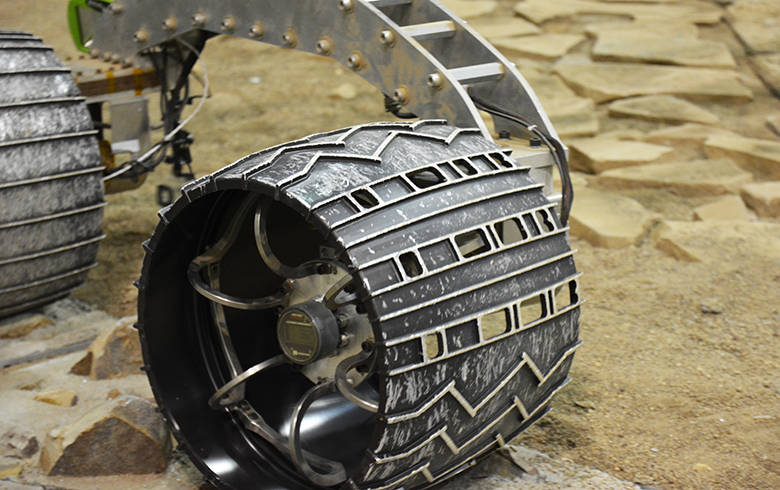
Use the engineering and design process to guide your redesign.
- Identify any problems that your wheels encountered on each test. Refer to the notes you made on your Rover Wheel Engineering Worksheet.
- Brainstorm solutions! Write down all of your design ideas on your Rover Wheel Engineering Worksheet. Play with the design of your wheels and get creative! You can make your wheels out of any material that can be shaped into something round. But remember that they must be the lightest wheels you can build—wheels cannot be more than 40 percent of your total rover weight.
What changes can you make to your rover so that it can travel farther with one wind over different terrain? How can you make your rover more stable on an incline? What would create a more durable wheel? How could you adjust the width of your wheel? Do you want to add rims?
- Select one of your ideas and create a sketch on your Rover Wheel Engineering Worksheet. Be sure to label the materials you will use.
- Build a prototype of your new wheels.
- Test your new wheels by running through the three tests again. Collect the data on your Rover Wheel Engineering Worksheet.
Want to continue improving your design? Try changing a single wheel feature at a time, and repeat the three wheel tests. Track each change you made and record its result on each of the three wheel tests.
Which changes improved the performance of your rover wheel?
Look at the new Mars 2020 rover wheel.
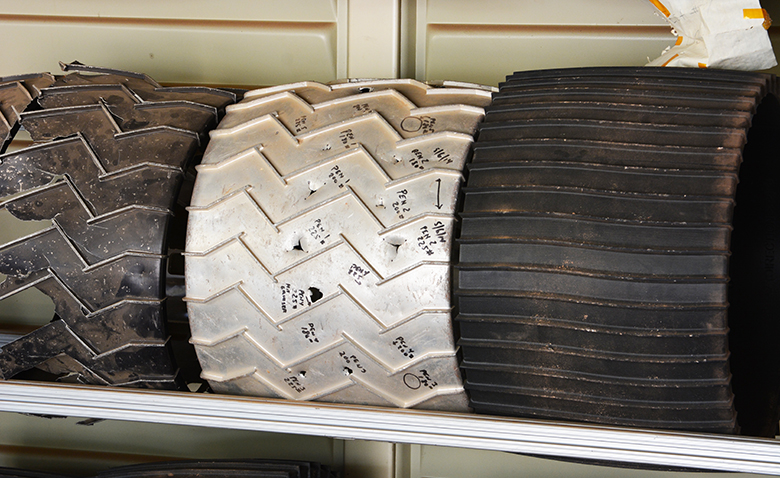
Although NASA scientists are still making some tweaks, the wheel at right in the photo above is likely what the new rover wheels will look like in 2020. What differences do you notice between the two wheel designs?
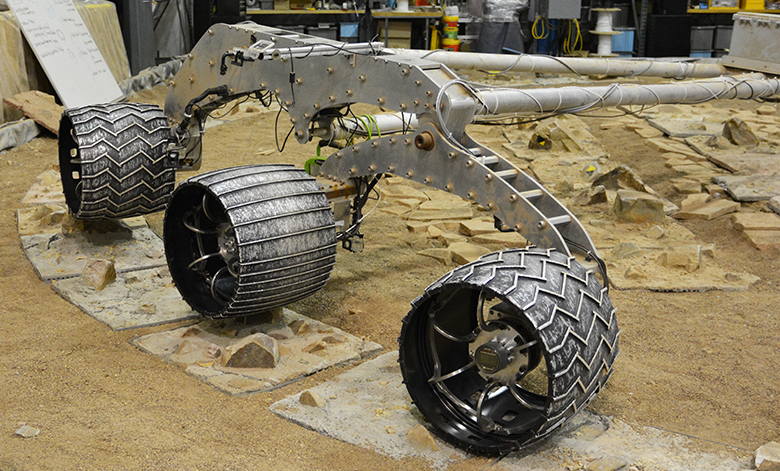
Resources
- Keep updated on the progress of the Mars 2020 mission on their mission page.
- Read about the Mars Exploration Program to see what we’ve discovered and to track current research on the red planet.
- Follow Opportunity (@MarsRovers) and Curiosity (@MarsCuriosity), the two rovers current active on Mars, on twitter to get updates on their movements and discoveries.
Next Generation Science Standards
Educator's Toolbox
Meet the Writer
About Xochitl Garcia
@msxgarciaXochitl Garcia was Science Friday’s K-12 education program manager. She is a former teacher who spends her time cooking, playing board games, and designing science investigations from odds and ends she’s stockpiled in the office (and in various drawers at home).
